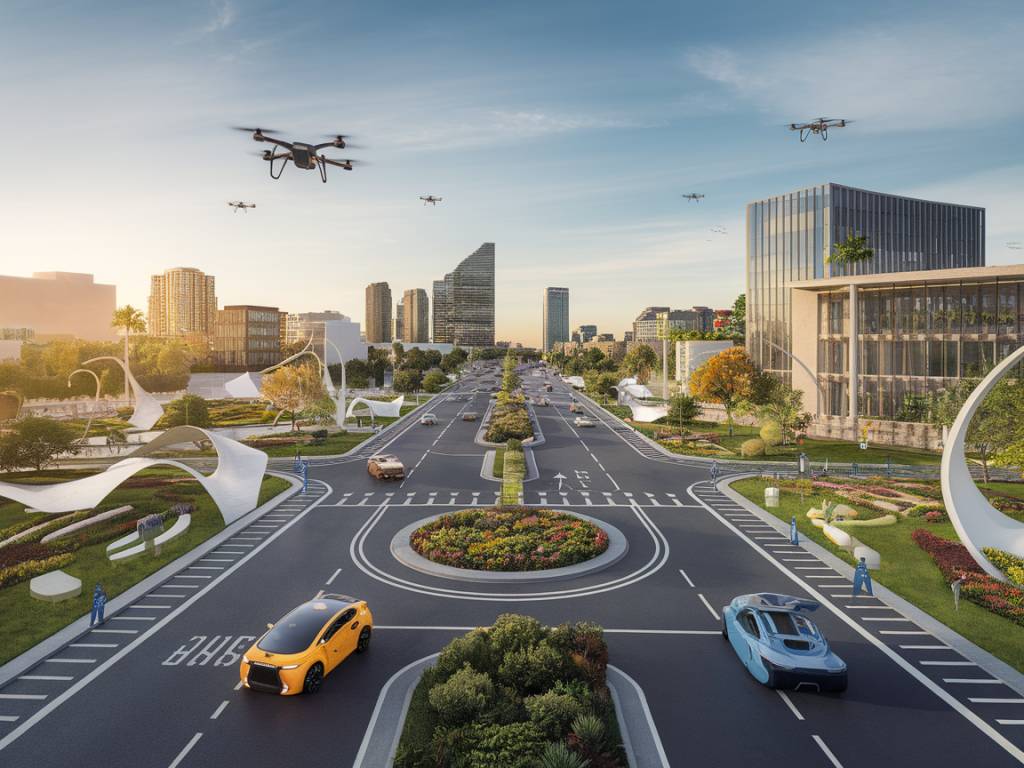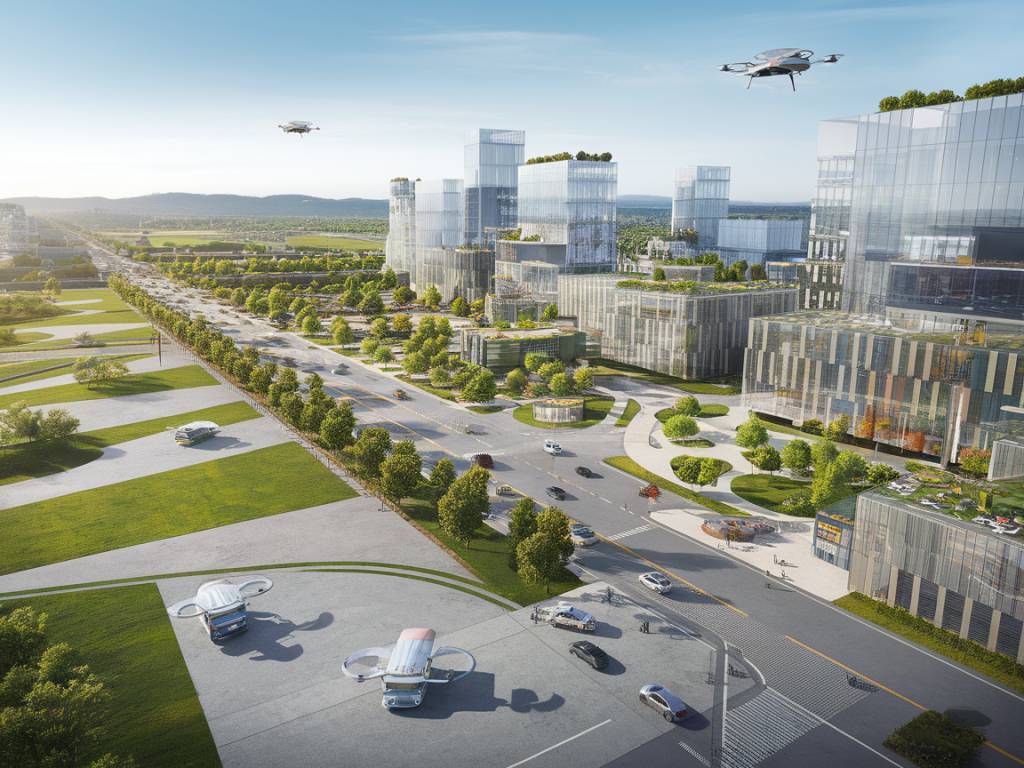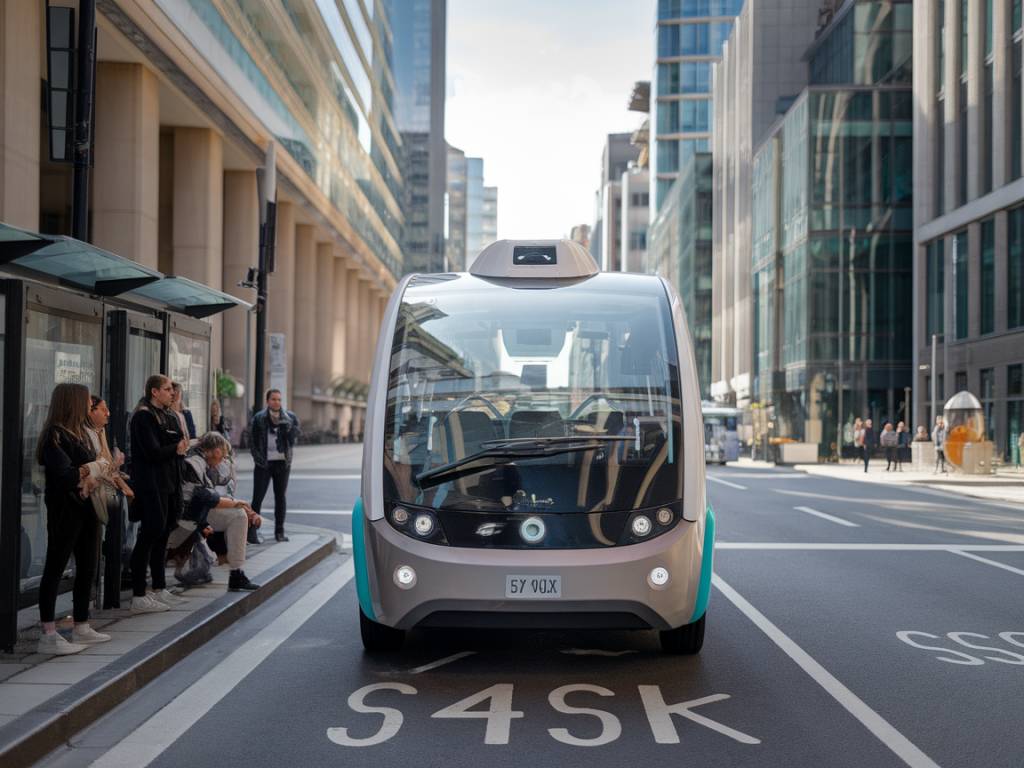In an era where urban landscapes are continuously evolving, smart city planning and development have taken center stage in designing cities of the future. As urban populations expand, the need for intelligent infrastructure and environmentally friendly solutions becomes increasingly important. But what exactly makes a city ‘smart’? And how are these innovations reshaping our urban environments?
The Framework of a Smart City
At the heart of every smart city lies a robust framework that integrates digital technology into everyday urban life. This blueprint focuses on enhancing the quality of life for its inhabitants while ensuring sustainability and efficiency. It involves the Internet of Things (IoT), data analytics, and connectivity—the backbone of modern urban solutions. Just think about how selecting the fastest route to work using a traffic alerts app makes life a tad smoother. Imagine this on a broader scale!
Transportation Transformations
Transportation remains a critical component of smart city infrastructure. With innovations like autonomous vehicles and smart traffic systems, urban mobility is undergoing a significant transformation. Consider the deployment of autonomous buses in cities like Singapore and Helsinki. These are not hypothetical possibilities but current realities paving the way for safer and more efficient urban transit systems.
Additionally, smart traffic management systems are being developed in cities such as Barcelona and Amsterdam, employing sensors and real-time data to alleviate congestion. After all, who enjoys being stuck in traffic when there’s a quicker, tech-driven solution?
Eco-friendly Endeavors
In the journey towards smarter cities, sustainability is paramount. Urban planners are increasingly incorporating green practices into city designs. Picture vertical gardens adorning skyscrapers or the towering wind turbines along city skylines. These are not only visual spectacles but a testament to integrating ecology with urbanism.
For example, Copenhagen aims to become carbon neutral by 2025, showcasing an ambitious but achievable goal through investment in wind energy and bicycle-friendly pathways. It’s a curious case of blending tradition with innovation—each bike pedal literally rolling a city towards a greener future!
Housing and Living Spaces
Housing solutions are another frontier where smart technology is making a tangible impact. Smart homes and apartments offer integrated systems that manage everything from lighting to security. Picture a home that adjusts the thermostat as you approach, ensuring optimal comfort upon arrival without wasting energy.
Cities like San Francisco and Toronto are experimenting with ‘smart neighborhoods’ that incorporate these technologies on a community-wide scale. These neighborhoods serve as living laboratories for smart tech, gathering data to further refine and perfect these innovations. It’s like having a test kitchen, but for urban planning!
Enhancing Urban Safety and Surveillance
Urban safety is another sector benefiting immensely from smart technologies. Surveillance systems equipped with AI capabilities are being employed to ensure safer streets. In cities like Chicago, smart lighting systems detect gunshots, automatically alerting authorities and even adjusting the lighting to aid visibility. Genius, isn’t it?
Such advancements exemplify how smart city planning is not only about convenience but also ensuring a secure environment for all its residents.
The Role of Data in Smart City Development
Data is the lifeblood of smart city initiatives. By leveraging vast amounts of data collected from sensors and devices, cities can make informed decisions that enhance urban living. For instance, analyzing pedestrian movements can lead to better public spaces, and energy usage data can optimize electricity distribution.
However, while data provides numerous benefits, it also raises questions about privacy and security. How do we balance innovation with the rights of city dwellers? It’s a question urban planners and policymakers continue to tackle as they navigate the intricate dance of progress and privacy.
The Human Element in Smart City Planning
Despite all technological advancements, people remain at the heart of smart city planning. Engaging communities in the planning process ensures that developments align with the actual needs and desires of residents. For instance, in participatory budgeting initiatives, community members decide how to allocate portions of the city budget, allowing for tailored solutions that resonate with local inhabitants.
This approach not only fosters community involvement but also ensures that smart city initiatives are people-centric, serving those who inhabit these urban networks rather than turning them into faceless, tech-driven matrices. After all, isn’t a city just a collection of personal stories intertwined?
In conclusion, as cities continue to evolve, the integration of smart technologies promises to enhance urban living significantly. However, while the potential is vast, the journey towards truly smart and sustainable cities requires thoughtful consideration of both technology and humanity. The harmonious blend of these elements can help craft urban landscapes that are not only efficient and innovative but ultimately enriching for the communities they serve.



